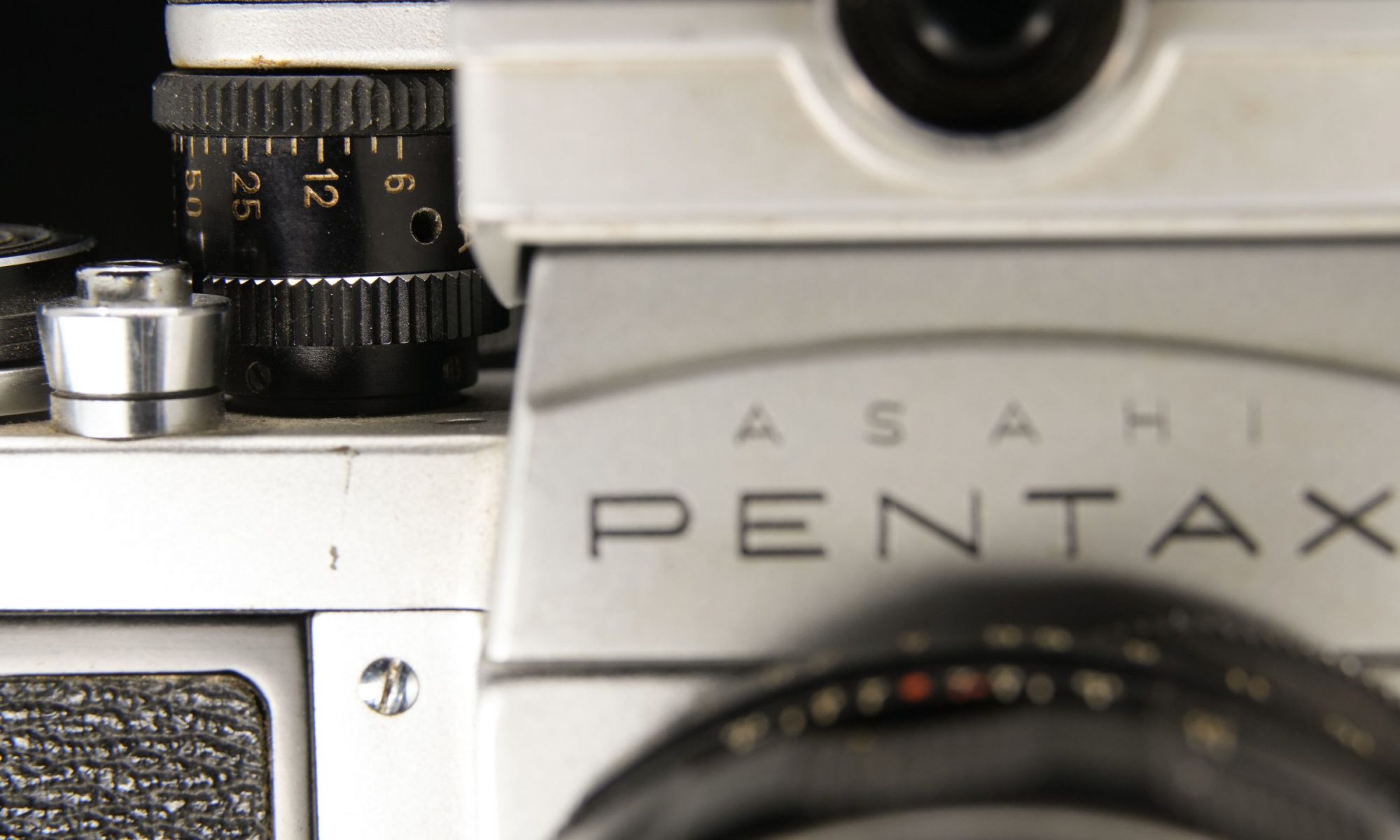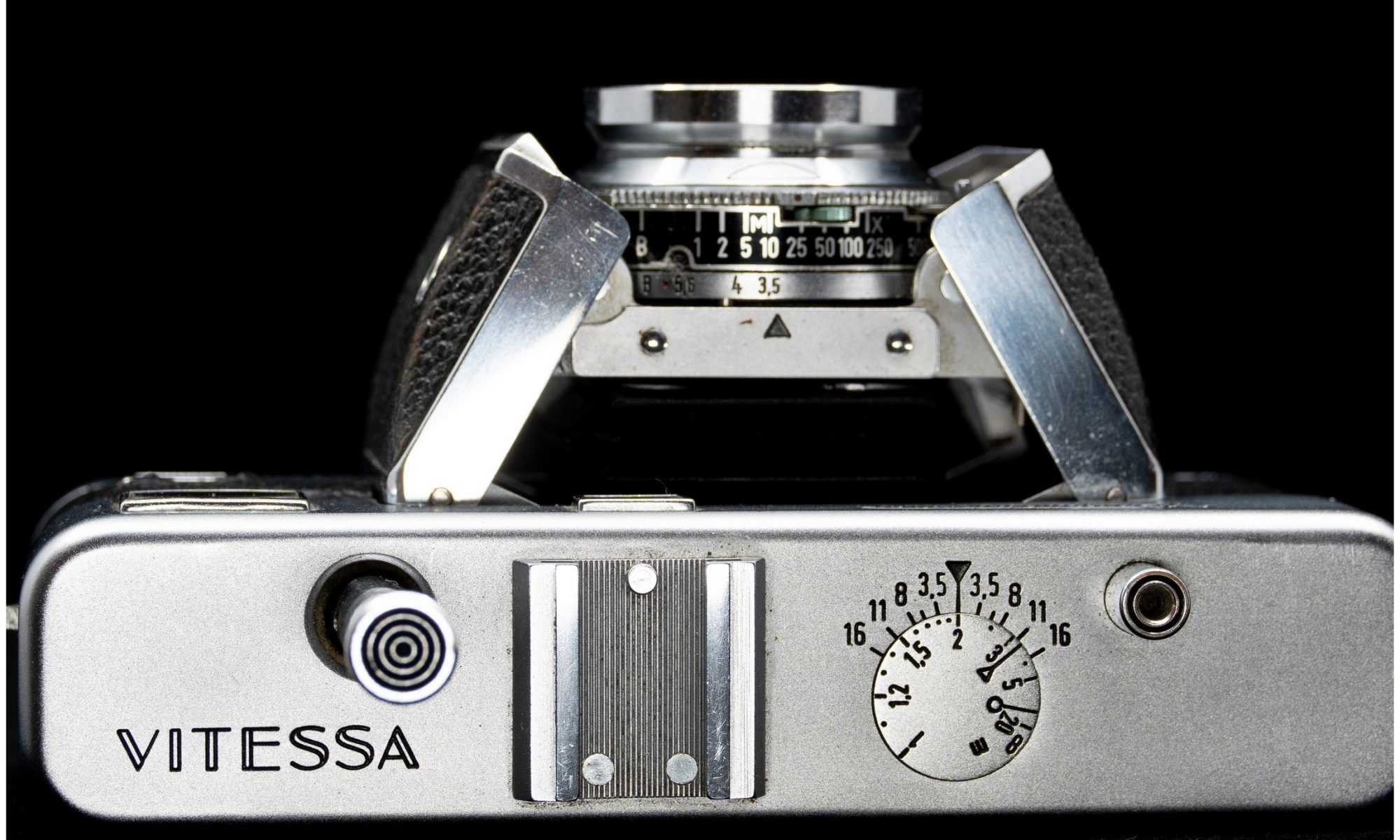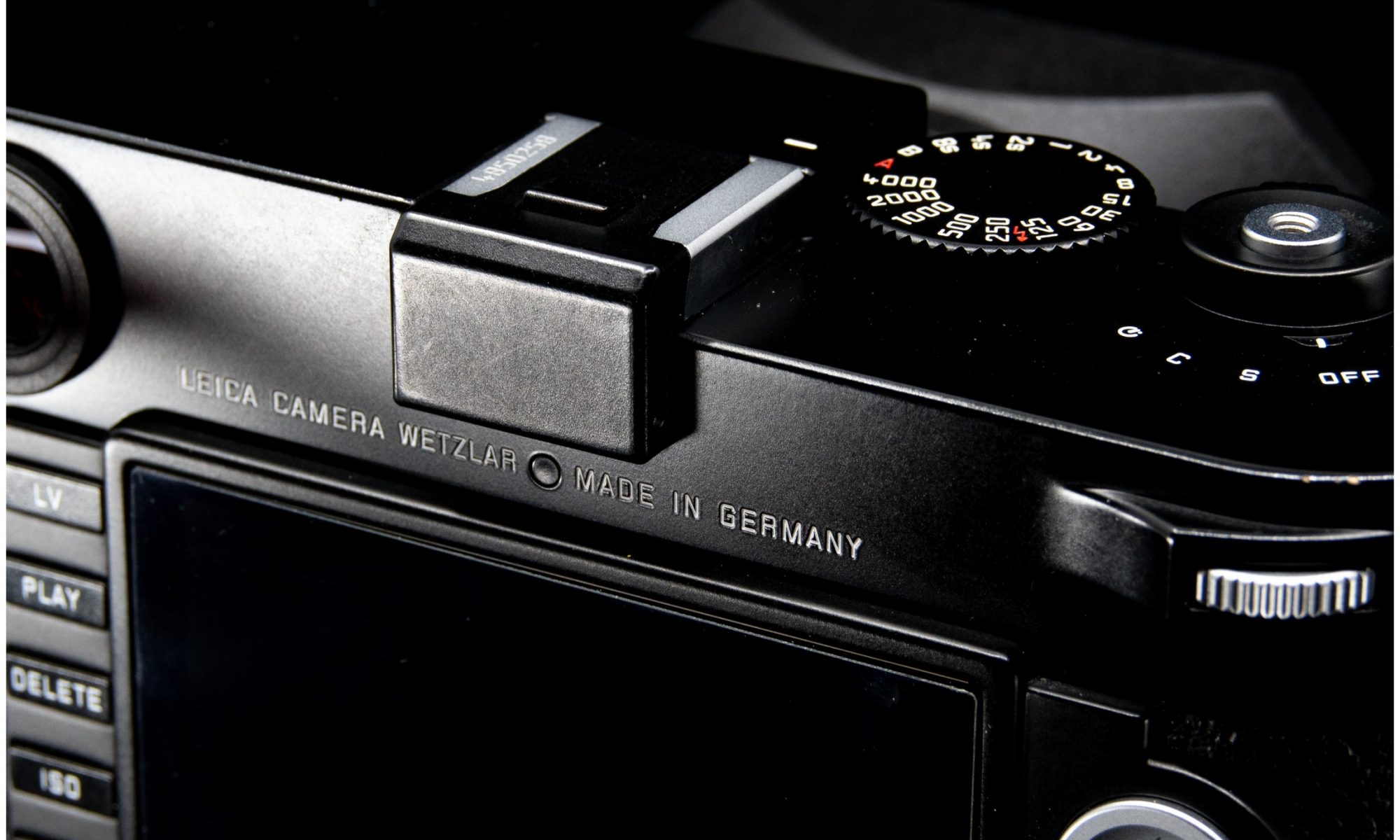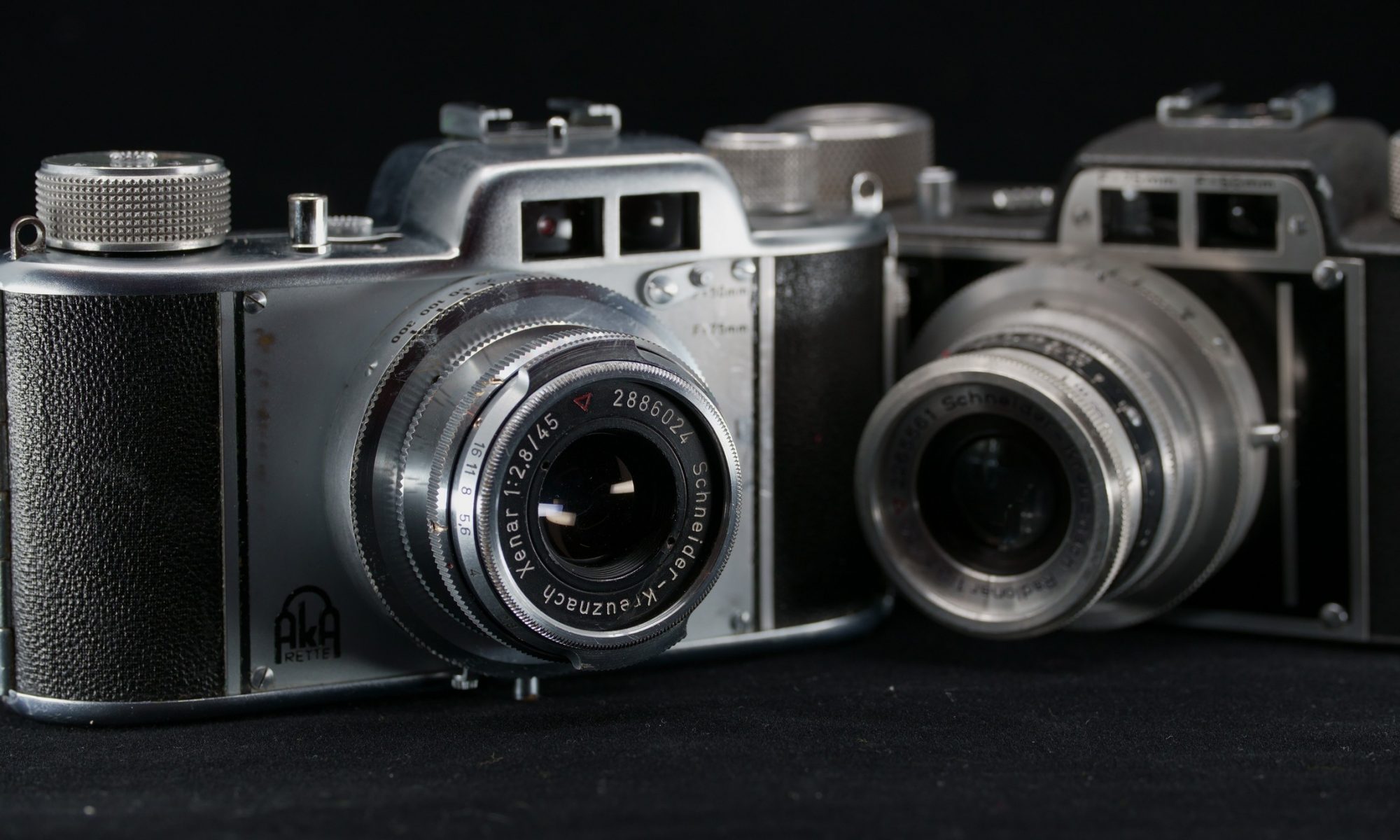If you shoot medium format, sooner or later you won’t escape the legendary Pentax 6×7. It is a mandatory camera in any serious collection. But above all, you take great pictures with it at 6×7 size, which is about 4x larger than a 35mm negative or a full frame sensor. The Pentax is the Japanese flagship in medium format. Big, heavy, noisy and expensive. But it’s also love at first sight (Updated review with examples).
Continue reading “Eye catcher from Japan: the legendary Pentax 6×7”The Lone Ranger: Asahi Pentax SV
Who remembers Pentax? The sympathetic camera brand for everyone, with affordable prices, good quality, but never achieving comparable status with Nikon, Canon or Minolta. The Japanese company turned just under 100 years old. Founded as Asahi Kogaku Goshi Kaisha in 1919 by and sold to Hoya and Ricoh in 2011 with in between a very long history of (especially) SLR cameras. In this review we look at a more unknown classic, a 1964 S(V).
Continue reading “The Lone Ranger: Asahi Pentax SV”Voigtländer Bessa-L: the resurrection of film
In 1999, Japan’s Cosina decided to re-market the film camera or better re-brand the purchased Voigtländer name. In a time of emerging digital cameras a risky strategy. Yet in a short time Cosina managed to attract a loyal fan base and for seven years (!) one classic film camera after another appeared. It all started with the success of the simple Bessa-L.
Continue reading “Voigtländer Bessa-L: the resurrection of film”Voigtlanders victorious Vitessa
At first glance, a strange camera. A long protruding plunger and a barn door. That’s the first thing to notice, so not Voigtlander. But it’s not until you understand the reasons that you notice the craftsmanship and sense of design with which this 35mm rangefinder camera was made.
Continue reading “Voigtlanders victorious Vitessa”Upper class vintage: Leica M (240)
It’s certainly not the best camera, as far as such a thing exists. But it is one of the very best and, in 2022, still one that can compete with the very greatest. The now “classic” Leica M, type 240, the first full-frame rangefinder with CMOS sensor. An addictive camera, very expensive, but an irresistible must have.
Continue reading “Upper class vintage: Leica M (240)”Beauty & the beast: Koni Rapid Omega 100
Very occasionally you come across a camera that won’t let you go. From whichever way you look at the Japanese Koni(ca) Rapid Omega, it intrigues and invites you to work and play with it and enjoy its extremely solid and cleverness design. You’ll have however to exercise your arm muscles, because the medium format beast weighs nearly 2 kg.
Continue reading “Beauty & the beast: Koni Rapid Omega 100”Design for the masses: Agfa Silette L
Mass production of 35mm cameras really took a huge leap in the 1950s. The War was over, reconstruction, growing optimism in a better world led to great economic progress. Vacations became possible, with the whole family in tents or caravans and capture precious memories with affordable cameras. These were the prime years of photography, for everyone. This demand asked for numerous brands and models. In addition to the Agfa film roll, the German company also managed to deliver quality in its own cameras, the Silette being one of the most popular.
Continue reading “Design for the masses: Agfa Silette L”The Out of the Box cameras
Not everyone wants or benefits from an advanced camera. And for a lot of people, a camera is an expensive and luxurious product, especially in the middle of the last century. The well-known manufacturers Zeiss Ikon and Voigtlander had found something for that: a camera for beginners, without bells and whistles. A square box with a lens.
Continue reading “The Out of the Box cameras”Also known As AkArette
A less known German brand is Apparate & Kamerabau that produced one of the most popular and affordable cameras during and after WWII: the AkArette. A sturdy little piece of typical craftsmanship made in a difficult time and beloved of its tiny dimensions.
Continue reading “Also known As AkArette”Leica ‘s reflex to the East
Germany is considered too late in its responding to the rapid popularity of the Japanese SLR in the sixties. And the German SLR in general also did not become the long-awaited success; in fact, it became the downfall of the camera industry. Only Leica managed to survive thanks to the unequalled Rangefinder series. It’s a pity that the Leica SLR always has been overshadowed by its big M brother, because there is a lot to be said for Leica’s SLR, especially the legendary Leicaflex. It is now on the rise, finally after sixty years of oblivion.
Continue reading “Leica ‘s reflex to the East”









